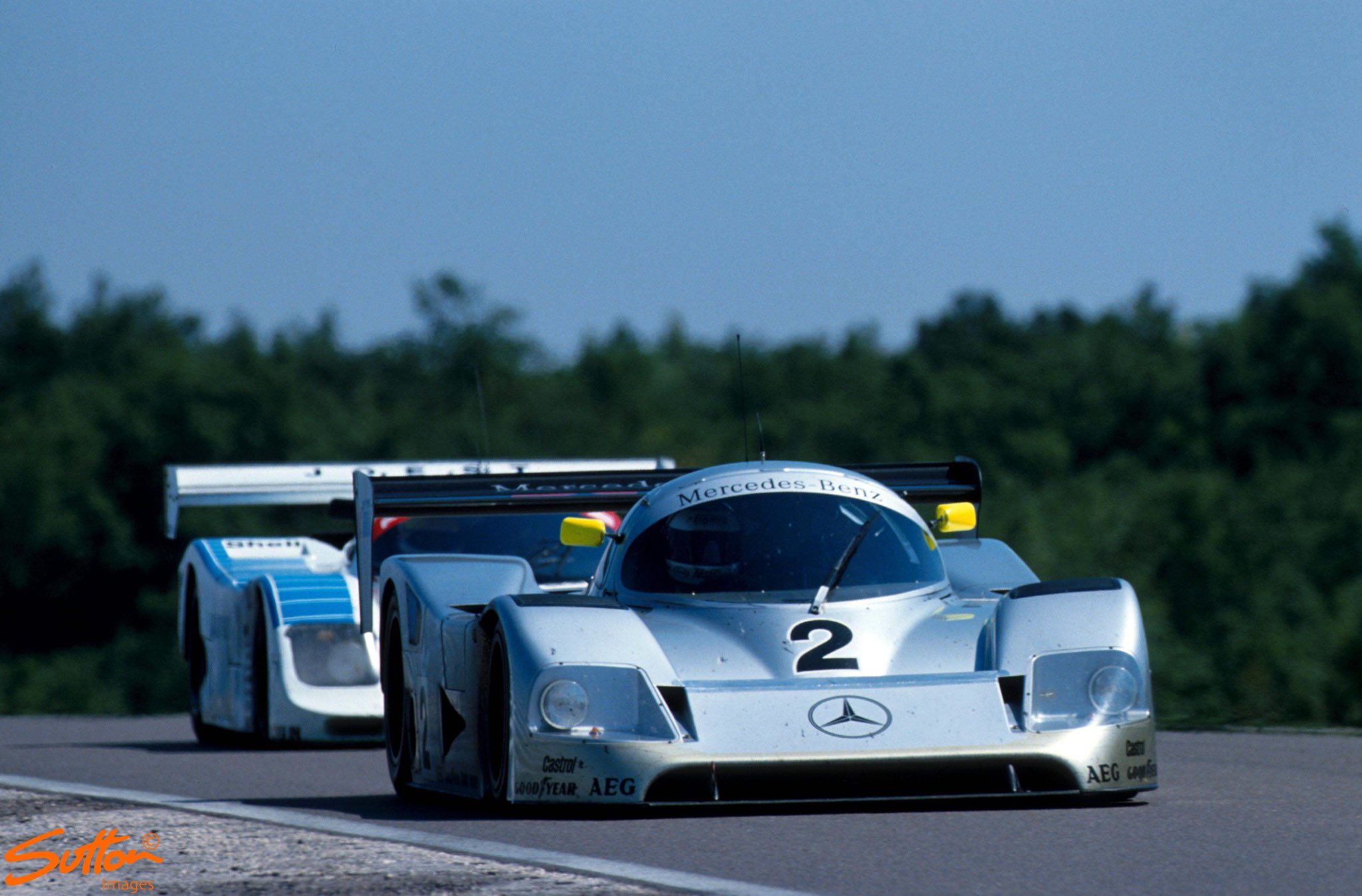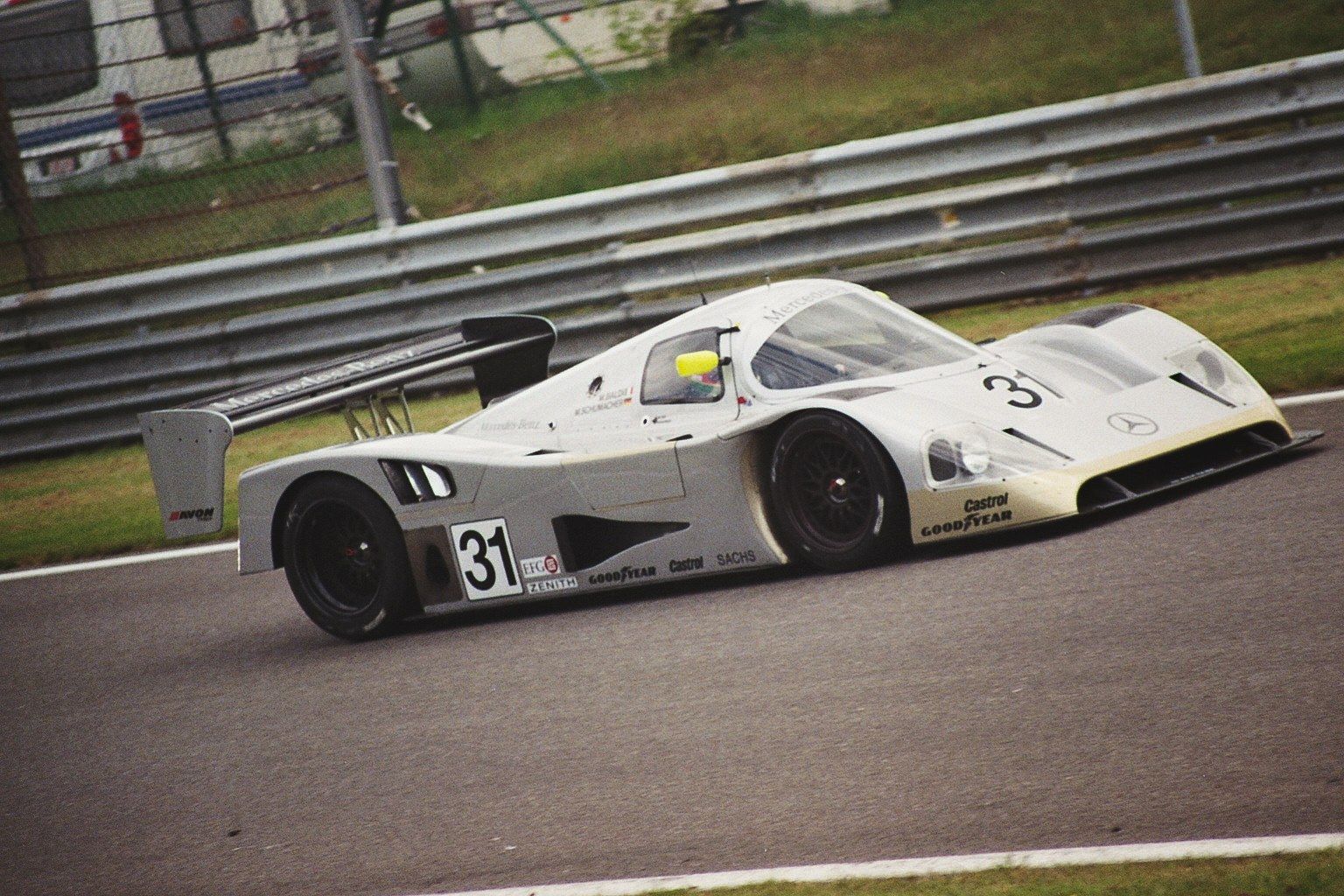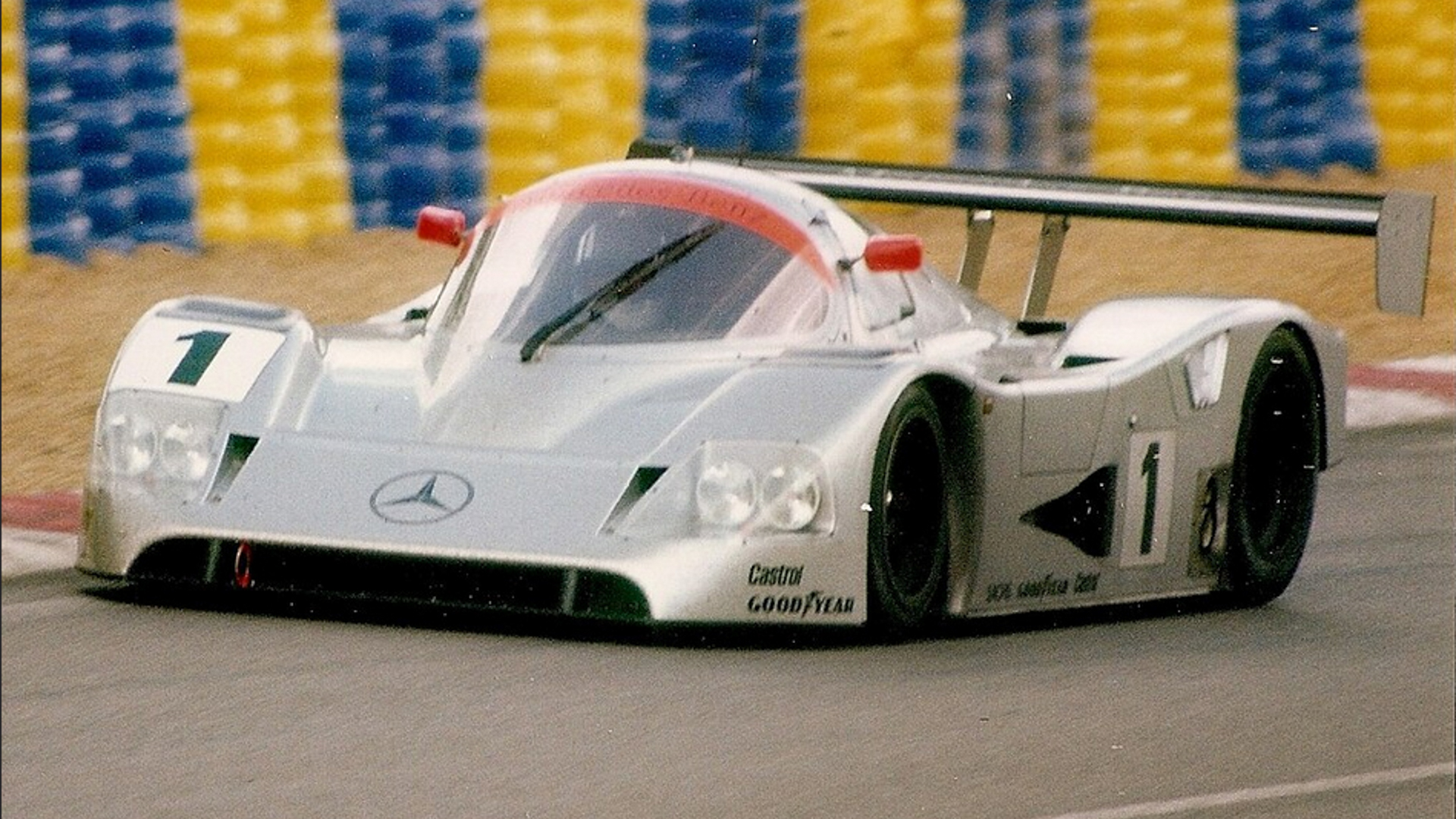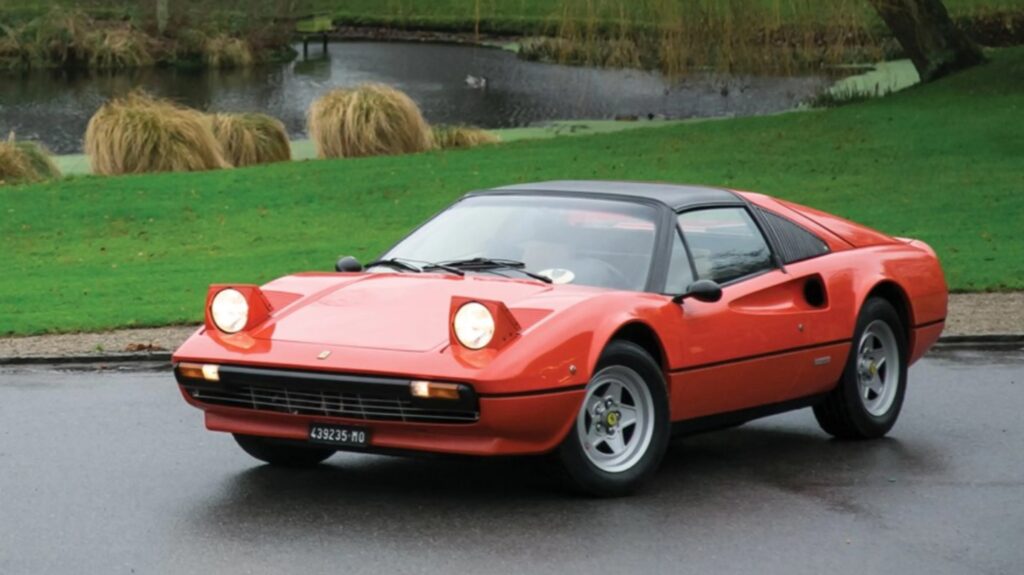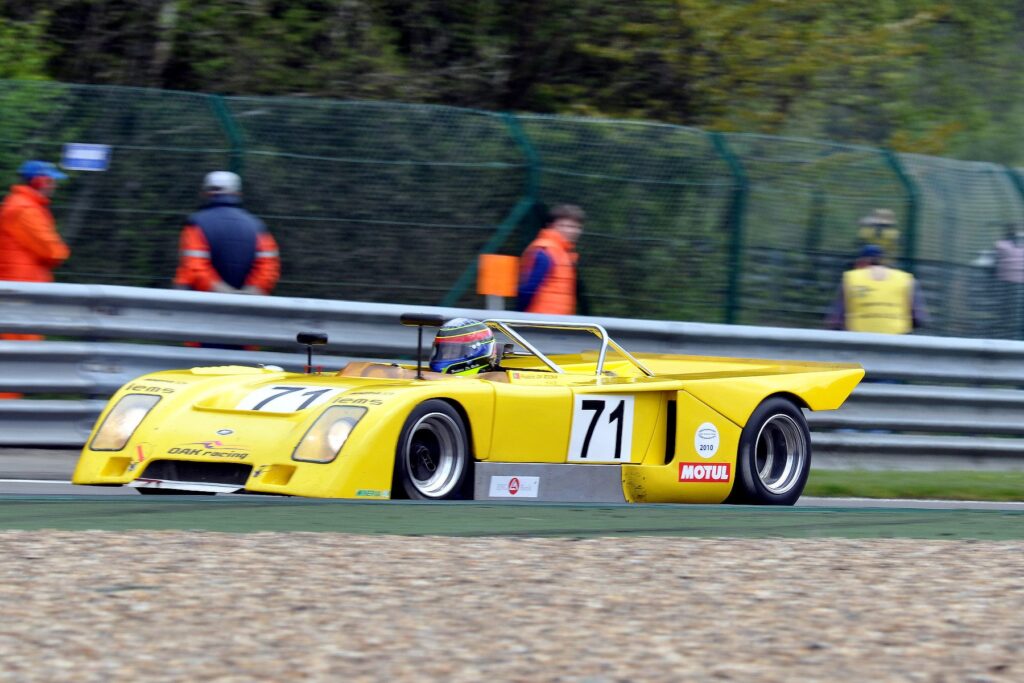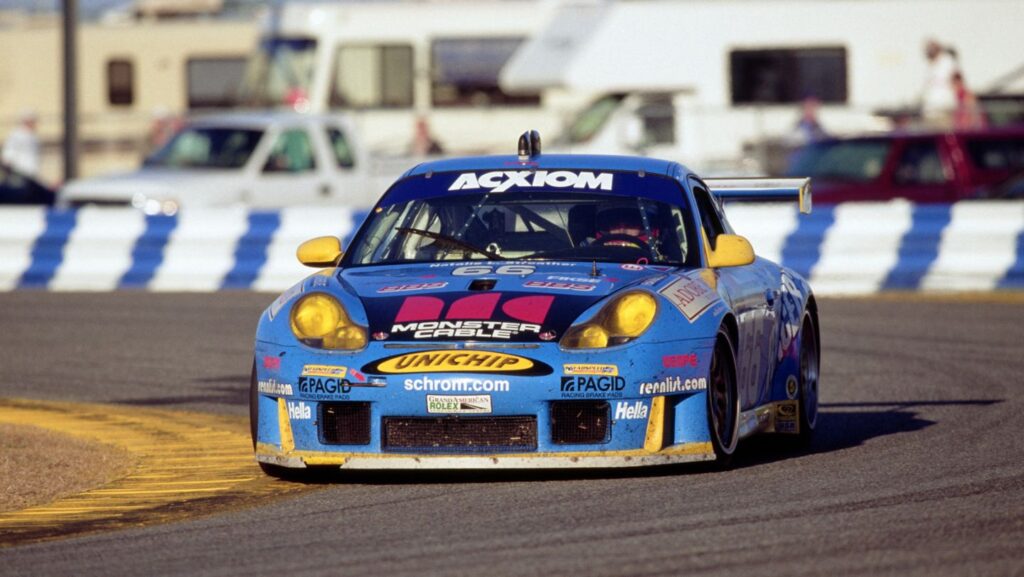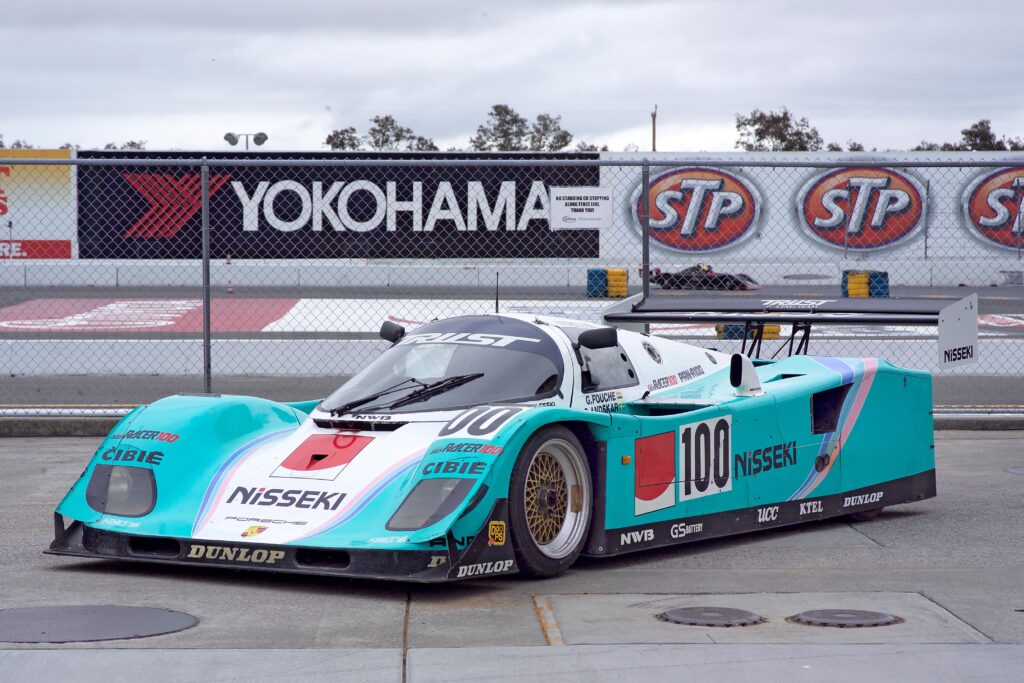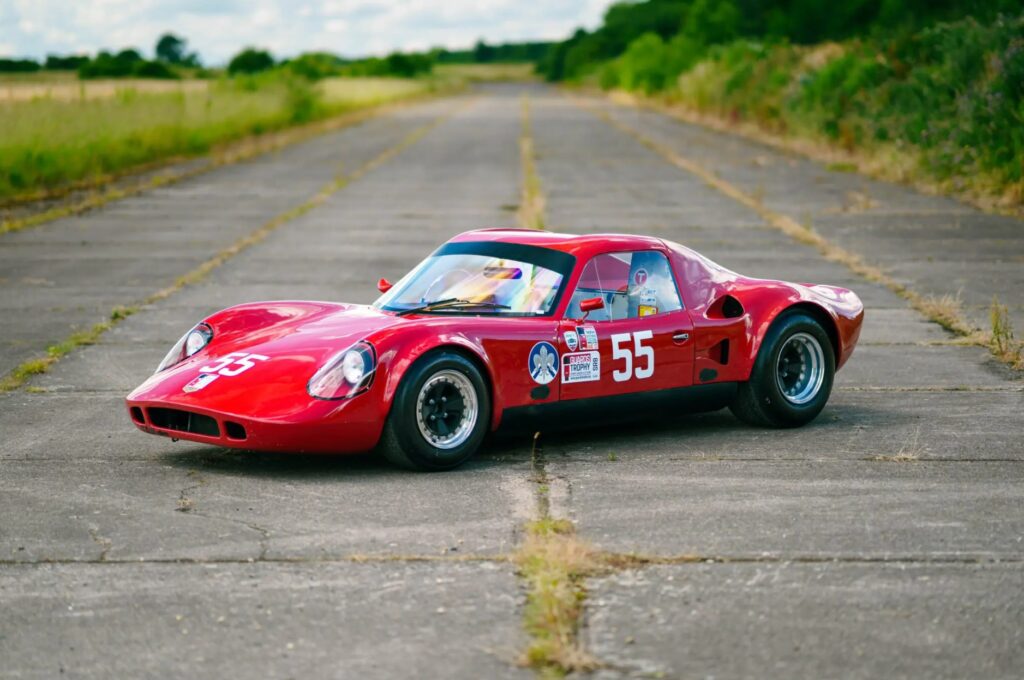1991 Sauber Mercedes C11

1991 Sauber Mercedes C11
Brand
Sauber Mercedes
Year
1991
Country
Germany / Switzerland
Generation
Sauber Mercedes C

1991 Sauber Mercedes C11
Brand
Sauber Mercedes
Year
1991
Country
Germany / Switzerland
Generation
Sauber Mercedes C
About this car
Discover the history
The 1991 Sauber Mercedes C11 is widely regarded as one of the most iconic Group C racing cars of its era, blending cutting-edge engineering with powerful results on the track. Born from a partnership between Sauber and Mercedes-Benz, the C11 was designed to compete in the World Sportscar Championship. It was an evolution of the dominant C9, which had achieved considerable success in the late 1980s, including a win at the 1989 24 Hours of Le Mans. The C11 was primarily used in the 1990 season, though it continued into 1991 alongside its successor, the C291.
The technical prowess of the C11 came from its highly advanced design, which incorporated a carbon fiber monocoque chassis, helping to minimize weight while maintaining rigidity. This was paired with Mercedes’ 5.0-liter turbocharged V8 engine, producing significant power, making it one of the fastest cars in its category. This combination allowed it to reach top speeds of over 240 mph on long straights, with excellent handling and stability provided by its aerodynamic profile, which was optimized for endurance racing. The car’s suspension system, consisting of double wishbones and push-rod actuated coil springs, ensured superior handling on the often treacherous and varied track conditions of endurance racing.
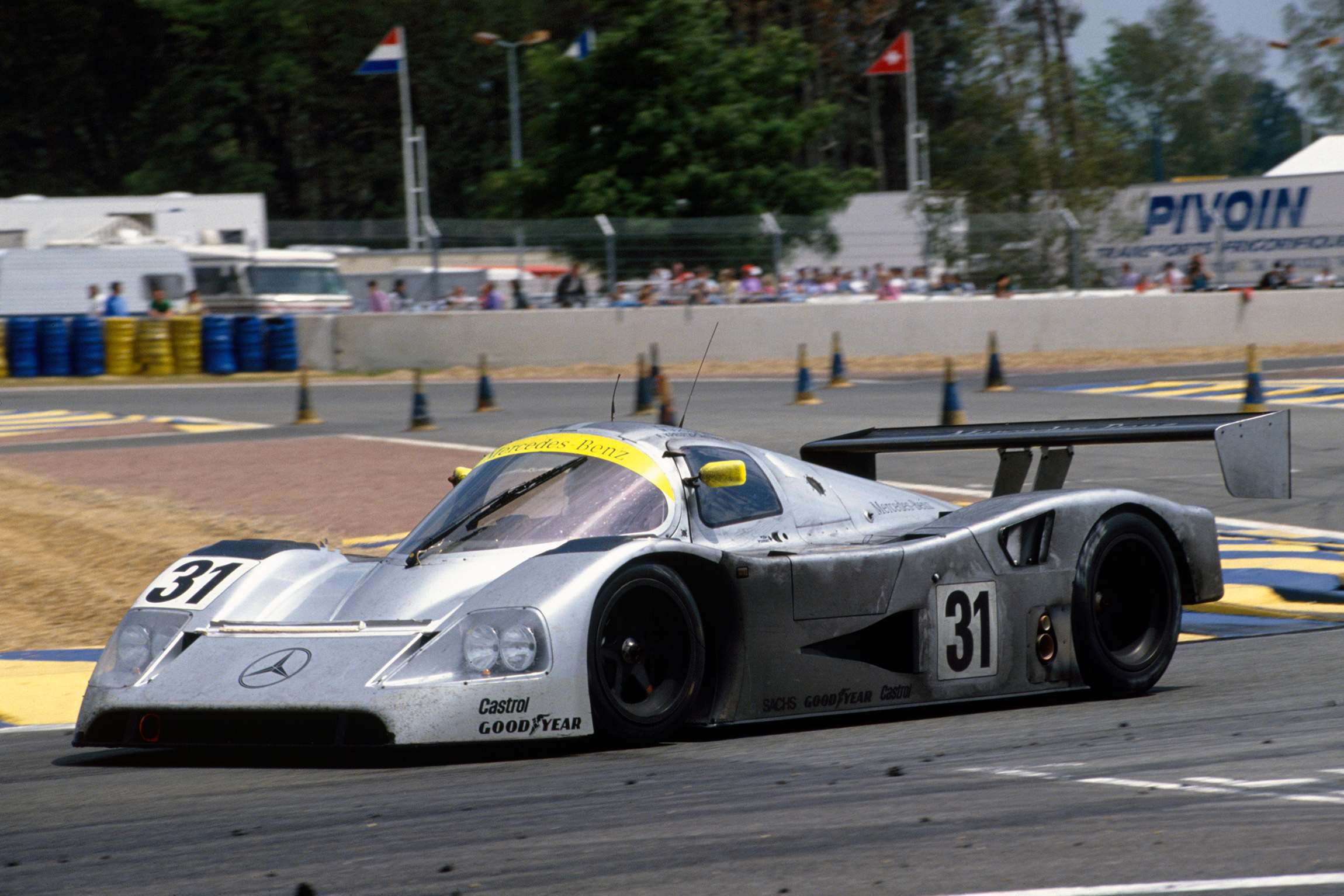



Despite some initial teething problems, the C11 became a force to be reckoned with during its debut season in 1990. At its first race, the team used it only for practice sessions while continuing to race the C9. However, the C11 soon made its competitive debut at the second race of the season, where it swept the podium by taking both first and second places. For the remainder of the season, the C11 dominated, winning all but one race and securing the World Sportscar Championship for Sauber Mercedes with relative ease. Notably, it featured drivers like Jochen Mass, Karl Wendlinger, and a young Michael Schumacher, who would go on to become one of the most successful Formula 1 drivers in history.
Although Mercedes planned to replace the C11 with the newer C291 for the 1991 season, the transition was delayed due to reliability issues with the new car’s engine. As a result, the C11 continued to race during the 1991 season, securing additional wins before its full replacement later in the year. One of its most notable appearances was at the 1991 24 Hours of Le Mans, where Mercedes fielded three C11s alongside the newer C291s. Unfortunately, despite high expectations, mechanical issues plagued the C11s during the race, leading to only one car finishing, albeit in a distant fifth place.
The C11’s racing legacy is deeply intertwined with its dominance during the 1990 season and its brief but impactful presence in 1991. It is often remembered for its incredible pace, reliability, and its role in helping Sauber Mercedes solidify their place in the annals of Group C racing. Even after its retirement from active competition, the C11 has remained a popular choice in historic racing events, where it continues to demonstrate its raw speed and technical superiority on the track, more than 30 years after its debut.
